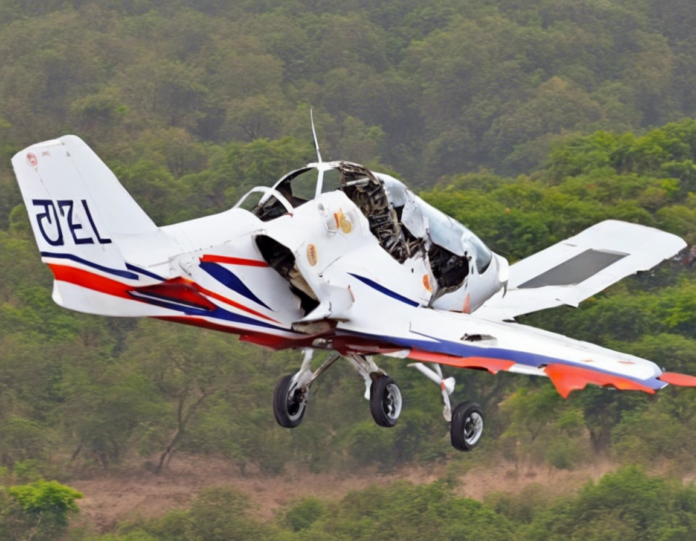On the unfortunate incident of a recent training aircraft crash in Pune, it’s crucial to delve into the details surrounding such accidents, their causes, repercussions, and prevention measures. Training aircraft crashes can have devastating consequences, not only in terms of loss of life but also for the aviation industry at large. Understanding the factors at play in such incidents is essential for improving safety standards and preventing future tragedies.
Understanding Training Aircraft Crashes
Training aircraft crashes involve planes specifically used for teaching and learning purposes. These crashes typically occur during instructional flights, where a student pilot is being trained by a certified flight instructor. Due to the nature of these flights, the individuals on board are often inexperienced, adding an extra layer of complexity to the situation.
Causes of Training Aircraft Crashes
Several factors can contribute to training aircraft crashes, including:
-
Pilot Error: Inexperienced pilots may make errors in judgment or handling the aircraft, leading to accidents.
-
Mechanical Failures: Issues with the aircraft itself, such as engine malfunctions or structural failures, can result in crashes.
-
Weather Conditions: Adverse weather, such as strong winds, poor visibility, or storms, can pose significant challenges to student pilots.
-
Communication Breakdown: Misunderstandings or errors in communication between the pilot and instructor can lead to disastrous consequences.
Repercussions of Training Aircraft Crashes
Training aircraft crashes have far-reaching consequences, including:
-
Loss of Life: The most tragic outcome of a crash is the loss of life, affecting not only the individuals on board but their families and communities as well.
-
Regulatory Scrutiny: Accidents prompt regulatory bodies to scrutinize safety protocols and regulations within the aviation industry.
-
Reputation Damage: Crashes can tarnish the reputation of flight schools and aviation organizations, impacting their credibility.
-
Legal Ramifications: Accidents often lead to legal investigations, potential lawsuits, and financial implications for those involved.
Prevention Measures
To mitigate the risk of training aircraft crashes, proactive measures can be taken, including:
-
Comprehensive Training: Ensuring that student pilots receive thorough and comprehensive training from experienced instructors.
-
Regular Maintenance: Routine maintenance checks and inspections of training aircraft to identify and address any potential issues.
-
Weather Monitoring: Monitoring weather conditions closely and educating pilots on safe flying practices in various weather scenarios.
-
Effective Communication: Emphasizing clear and effective communication between pilots and instructors during instructional flights.
-
Emergency Preparedness: Equipping student pilots with the necessary skills to handle emergencies and unexpected situations during flights.
Frequently Asked Questions (FAQs)
- What are the common causes of training aircraft crashes?
-
Common causes include pilot error, mechanical failures, adverse weather conditions, and communication breakdowns.
-
How can training aircraft crashes be prevented?
-
Prevention measures include comprehensive training, regular maintenance checks, weather monitoring, effective communication, and emergency preparedness.
-
What are the repercussions of training aircraft crashes?
-
Repercussions include loss of life, regulatory scrutiny, reputation damage, and legal ramifications.
-
What role do regulatory bodies play in preventing training aircraft crashes?
-
Regulatory bodies set and enforce safety standards, conduct investigations, and implement regulations to enhance aviation safety.
-
How important is communication in preventing training aircraft crashes?
- Clear and effective communication between pilots and instructors is crucial in ensuring safe flights and preventing accidents.
In conclusion, training aircraft crashes are tragic events that demand a thorough investigation into their causes, repercussions, and prevention strategies. By prioritizing safety, training excellence, and proactive measures, the aviation industry can work towards minimizing the occurrence of such accidents and ensuring the safety of all individuals involved in instructional flights.

